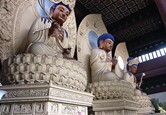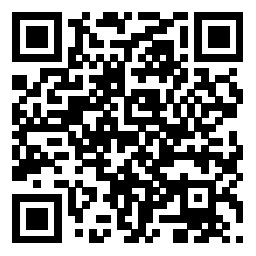Train Schedule of Popular Cities along Yangtze
Train Types in China
Chinese train types are divided into 4 major types in accordance with different speed. The train number generally begins with a letter, indicate that what kind of the train you take. For example, G19 represents High-speed Train, D316 represents Bullet Train. High-Speed Trains and Bullet Trains are fastest and most comfortable trains in China, and counted as the best so far. Most trains speeds up to 250-400km / h at day time, some bullet trains speeds up to 200km / h at overnight driving. G-trains are normally provided non-stop service.
- G-Trains: (China High-Speed trains) are the fastest and most comfortable trains in China, the highest speed is up to 400km/h, and the price is the highest. Driving in some mountain area and rugged terrain area, the High-Speed Trains are speed limited to 200km/h to 300km/h. here are time spend on major cities by G-trains:
- Beijing to Shanghai: 1317 km, 4-5 hours
- Wuhan to Guangzhou: 1068 km, 3 hours
- Shanghai to Nanjing: 301 km, 1 hour and 10 minutes
- Zhengzhou to Xian: 458km, 2 hours
- D-Trains: Bullet Trains also call Hexiehao(和谐号) in Chinese, the highest speed up to 250km/h. It is the main and frequent EMU running between the municipalities and developed cities in China, especially between Beijing and Shanghai, Shanghai and it neighbor cities, Guangzhou and Shengzhen.
- T-Trains: Express Trains in conventional railways. It normally operate in long-distance transportation, the top speed up to 160km/h, the Express Train go directly from departure station to the terminal station, only stop in the along major stations, this kind of train normally running at overnight and travelling more than 10 hours, it provided several type of seat for choice, like hard seats, soft seats, hard sleeper and soft sleeper.
- K-Trains: Also call Fast Trains: the maximum speed is 120km/h, it running almost all around China even to the remote cities, and stop in the most of the railway stations along the way during the trip, it provided hard seats, soft seats, hard sleeper and soft sleeper as T-Trains.

G-Trains
>250/400 km/h
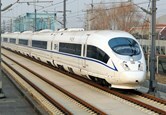
D-Trains
>250km/h
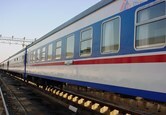
T-Trains
>160 km/h

K-Trains
>120 km/h
China Train Seats and Classes
- Business class: The most luxury but most expensive compere on other seats, It set up with three seats in a row, in the style of sofa, the seats has specific button to adjust the inclination to become a stretchable couch. The business cabin generally provide with two waitresses ready to serve.
- First class seat: four seats in a row, the aisle is wider and more comfortable than the second-class seat, equipped with TV in front and back side, windows are provide board vision outside.
- Second class seat: five seats in a row, the frontward table board can be used for dining and reading. The space of the seat is smaller than first-class seat but the price are much cheaper and affordable.
- Soft sleeper: provide 4 beds in a cabin, the upper and lower bunk at two sides, supply thermos and bedding, the cabin come with a door that can block the walkway to make no disturb, price are more expensive than hard sleeper.
- Hard sleeper: divided into upper, middle and lower layer beds in a cabin, prices are cheaper than soft sleeper, and price different base on different layers, the bottom bed offer in higher price.
- Soft seat: four seats in a row, normally provided in T-trains, seats are softer with more space in the aisle. Prices are higher than hard seats.
- Hard seat: five seats in a row, normally find in the T-trains and K-trains, each row of seats have a small table in between, the most economic seats compare on other types of seats./li>

Business Class Seats
3 seats/row

First Class Seats
4 seats/row

Second Class Seats
4 seats/row

Soft Sleeper
4 berths/cabin
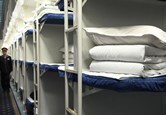
Hard Sleeper
6 berths/cabin

Soft Seats
4 seats/row

Hard Seats
5 seats/row
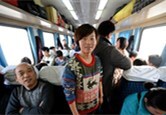
Stand Only
seats unavailable
How to Read a Train Tickets



